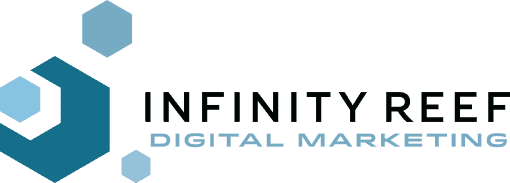When we talk about brand, we most often refer to the relationship between a business and its customers as where most of our work is done, and that’s very often true. The task of getting a business’ marketing and advertising working consistently so it draws in customers is why people hire us.
But there’s also what goes on inside a business to consider, and the buy-in of all stakeholders.
Build and Rebuild That Brand
Businesses come to the table with many reasons for wanting to update or communicate their brand story to customers. They’ve gone through a change in ownership. They’re launching a new product line. They’re moving into a new market. A new competitor is rocking the boat.
When we meet a new client and go in for our first meeting with them, we start the brand exercise with basic questions like:
- What do you sell?
- Who do you sell it to?
- Why did you start your business?
- How do you like to do business?
- What makes you keep going?
And so on.
The answers give us the beginning of an understanding about the company’s personality and the people behind it. That’s crucial, because we believe being honest about the core values the business holds is how we lay the first foundational bricks for the company’s identity and brand story.
If you want your brand to say one thing, but you actually do business in a completely different manner, your messaging will be at odds with your actions. That is worse than simply telling the truth about who you are and will likely yield negative results in the marketplace, especially now with the punishing nature of social media driving customer response.
So be honest. That’s the first step of living your brand.
Buy-In at the Top
We attended a DesignThinkers talk more than a decade ago given by Alina Wheeler. She made the point that if the person at the top doesn’t give their buy-in during the creation of a new identity or brand it becomes difficult or impossible to effect the real change you were brought in to accomplish.
Good process is the main tool to mitigate that kind of problem before it occurs. At a smaller company, we may only have one or two decision makers to work with for approvals and things can progress with few anticipated bumps because decisions remain a conversation among those directly involved.
As the size of management increases so do the layers of approval. The company’s project initiator likely reports to others in the organization. You not only have to convince the person who brought you in of the soundness of your thinking and design. You also need to present to the higher-ups at regular intervals to maintain their confidence and approval.
The Other Buy-In
How’s your company running? Business good? Happy with the quality of your products and services? Employee relations good? These questions run a little deeper. We might not always ask them, but they’re on our minds as we form a collaboration with our clients.
Another reason companies want to update their brand can be an attempt to rally its employees to get them to all pull in the same direction. Of all the reasons to rebrand, this is the one with the lowest rate of success.
Operational problems in a company cannot be solved without addressing the root causes. If your employees are not in sync with management, no amount of messaging is going to get them behind a new initiative. That has consequences for how customers perceive a business.
In this post Michael Brenner states:
“… bad employee attitude is the number one factor that stops individuals from doing business with a company.”
What creates an attitude where the employees do not believe in the company’s vision and mission? While there can be other causes, it’s primarily a lack of employee engagement by management. Brenner again:
“… that one giant leap for humankind – walking on the moon – is a piece of cake compared to convincing some companies to treat their employees like valuable colleagues instead of glorified house servants.”
Engaging employees to get their buy-in today is different than the old hierarchy of assembling the troops and giving them their marching orders. With the commitment employees give to a company they – like today’s customers – prefer to have conversations and have their thoughts and input considered even if they do not have a significant impact on the outcome.
Taking employees’ input into the company and its culture has direct benefits to the bottom line. Engaged employees enable twice the revenue for their company than competitors who don’t engage their employees.
That leads to the second step for living your brand. Everyone from the top to the bottom of the company needs to be on the same page, happy in their work and moving in the same direction, because any car on the train can pull it off the track.
In this way, every person at the company is responsible for delivering on their piece of the brand promise and the marketing strategy behind it. By respecting and valuing the entire team, you will all get there together.
Infinity Reef is a small, nimble agency that responds well to client engagement and collaboration. Give us a call and we’ll be happy to have an unhurried, in-depth conversation with you.
